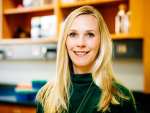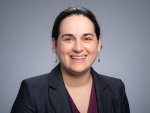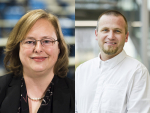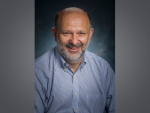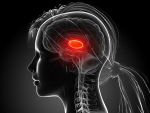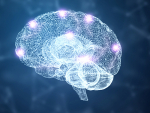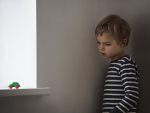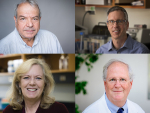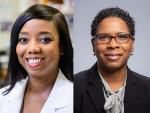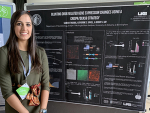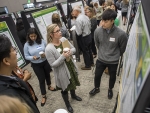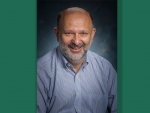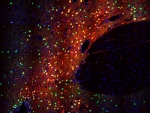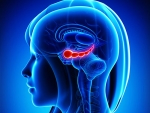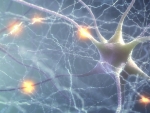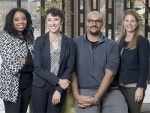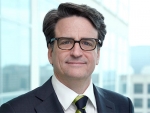Displaying items by tag: department of neurobiology
Gavin will oversee program management of the established undergraduate programs in neuroscience, genetics and genomic sciences, bioinformatics and more.
Tagged under
Tagged under
UAB’s Center for Addiction and Pain Prevention and Intervention will conduct research that can be developed and translated into better treatments for addiction and pain.
Tagged under
- release
- school of medicine
- department of medicine
- division of infectious diseases
- department of psychiatry and behavioral neurobiology
- department of psychology
- department of neurobiology
- department of health behavior
- school of public health
- division of preventive medicine
- department of anesthesiology and perioperative medicine
- college of arts and sciences
Vladimir Parpura, M.D., Ph.D., professor in the Department of Neurobiology has been selected as a fellow of the American Physiological Society.
Tagged under
This research offers fundamental insights about sensory thalamic subnetworks and will enable powerful new strategies to probe behavioral and perceptual functions of these distinct circuits.
Tagged under
This work is a step forward in understanding early molecular changes that influence the development of addiction, and may have application to the role of similar gene programs that mediate other types of behavior, memory formation or neuropsychiatric disorders.
Tagged under
A mouse model and previous studies suggest that genetic intervention in SHANK3-related ASD may be most effective earlier in development.
Tagged under
The guide is unique in having separate, and extensive, basic versus clinical neuroscience sections, which support each other.
Tagged under
Two UAB neuroscientists have been included in a listing of 100 of the most inspiring black scientists in the nation.
Tagged under
“Attending the World Congress on Undergraduate Research … was the highlight of my college career.” – Saakshi Thukral
Tagged under
Tagged under
Five UAB students will present at the World Congress on Undergraduate Research in Oldenburg, Germany.
Tagged under
- release
- school of medicine
- school of engineering
- school of public health
- collat school of business
- college of arts and sciences
- department of cell developmental and integrative biology
- department of biomedical engineering
- department of psychology
- department of chemistry
- department of political science and public administration
- department of anthropology
- department of neurobiology
- institute for human rights
- office of service learning and undergraduate research
- collat student experience
A new discipline sits at the intersection of neuroscience and engineering, where lessons learned from circuits, networks and chips are combined with the latest findings on brain circuitry.
Tagged under
UAB neuroscientist Vladimir Parpura will begin a four-year term as a council member of the International Society for Neurochemistry.
Tagged under
Selective regulation of neurons can help investigate brain development, and the mechanisms in learning and neuropsychiatric diseases.
Tagged under
Tagged under
These newborn neurons in the dentate gyrus become less excitable after three weeks, a crucial step for mature functioning.
Tagged under
A neuron model of Parkinson’s disease and Lewy body dementias shows defects that could suggest treatments to halt or reverse cognitive impairments before the neurons die.
Tagged under
Two graduate students and a UAB program are in the vanguard of efforts to increase underrepresented researchers in neuroscience.
Tagged under
The department currently has 14 primary faculty members complemented by a diverse secondary faculty.
